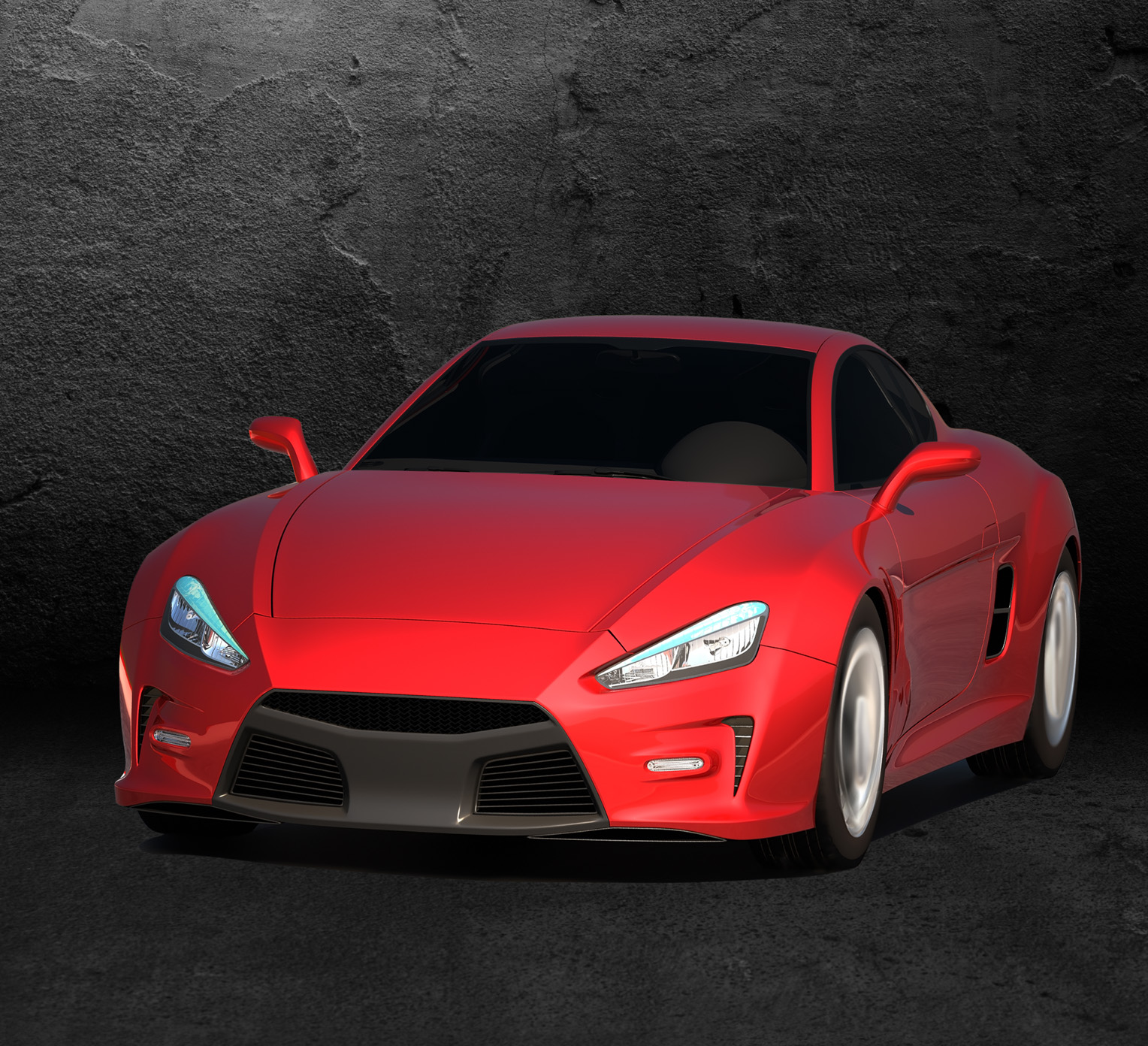Serious question. I know what the marketing material says - ceramic blocks UV and offers better overall heat rejection than regular tint blah blah blah, but bare with me.
So I was cleaning my garage today and found a receipt for an old tint job I got for my accord back in 2009. It used SolarGard HP Charcoal 32 and 13. Out of curiosity, I looked up the data sheet, and - to my surprise - found their TSER (Total Sun Energy Rejection - most important #) to be 53% and 57%, respectively. Obviously this is not as good as the 3M Ceramic IR series I recently got for my Tesla, which offers 60%, and 63%, at similar VLT levels. And both blocks UV roughly the same. Btw., pay no attention to IRER as from my understanding it is a made up marketing # that differs from manufacturer to manufacturer.
But here's the real kicker - I paid $150 for SolarGard vs. $400 for the ceramic tint recently. For ~10% better TSER I am now paying 160% more $$?!? Sure there's inflation to consider I guess I am just underwhelmed by the additional performance ceramic tint offers given the much pricier $$?
Have we all been duped by the ceramic tint marketing material or has the inflation been that dramatic in the last 12 years or so for tint jobs? What am I missing?
For the record the SolarGard tint still looks great today. No issue whatsoever.

 www.solargard.com
www.solargard.com
So I was cleaning my garage today and found a receipt for an old tint job I got for my accord back in 2009. It used SolarGard HP Charcoal 32 and 13. Out of curiosity, I looked up the data sheet, and - to my surprise - found their TSER (Total Sun Energy Rejection - most important #) to be 53% and 57%, respectively. Obviously this is not as good as the 3M Ceramic IR series I recently got for my Tesla, which offers 60%, and 63%, at similar VLT levels. And both blocks UV roughly the same. Btw., pay no attention to IRER as from my understanding it is a made up marketing # that differs from manufacturer to manufacturer.
But here's the real kicker - I paid $150 for SolarGard vs. $400 for the ceramic tint recently. For ~10% better TSER I am now paying 160% more $$?!? Sure there's inflation to consider I guess I am just underwhelmed by the additional performance ceramic tint offers given the much pricier $$?
Have we all been duped by the ceramic tint marketing material or has the inflation been that dramatic in the last 12 years or so for tint jobs? What am I missing?
For the record the SolarGard tint still looks great today. No issue whatsoever.

HP Charcoal
Solar Gard High Performance (HP) Charcoal window films feature a classic look. Manufactured with vacuum sputter-metalized technology to reject the sun's


